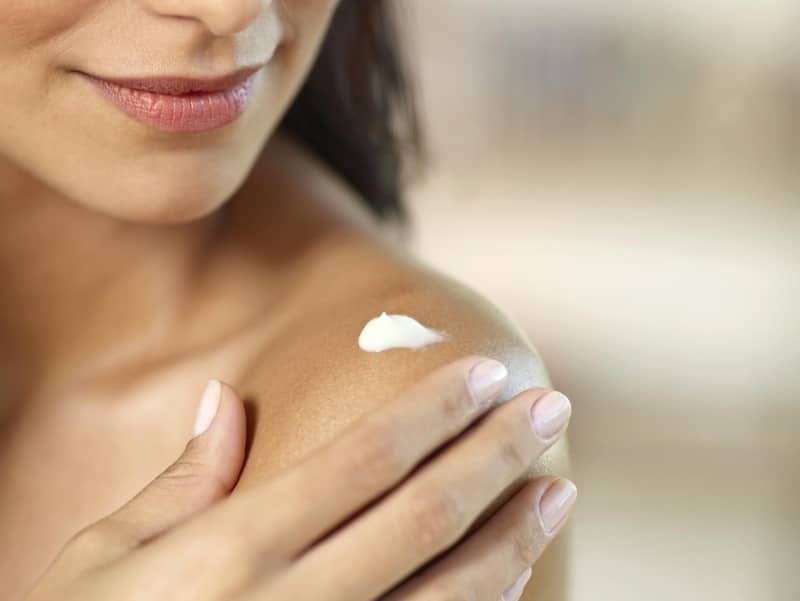Biting insects are irritating but they are part of the world we live in. They bite you and your pets to survive. Even so, we need to keep them away, so that they won’t harm our health in any way. Bug bites are painful and itchy. If you scratch them, they might even cause a breakage in your skin. Some bites are in clusters, while some are found individually in various parts of your body. Ticks, biting flies, spiders, and mosquitoes are just some of the biting insects that you usually encounter. They love to live among people and pets, so all you need to do is prevent their bites or keep healing creams for their bites.
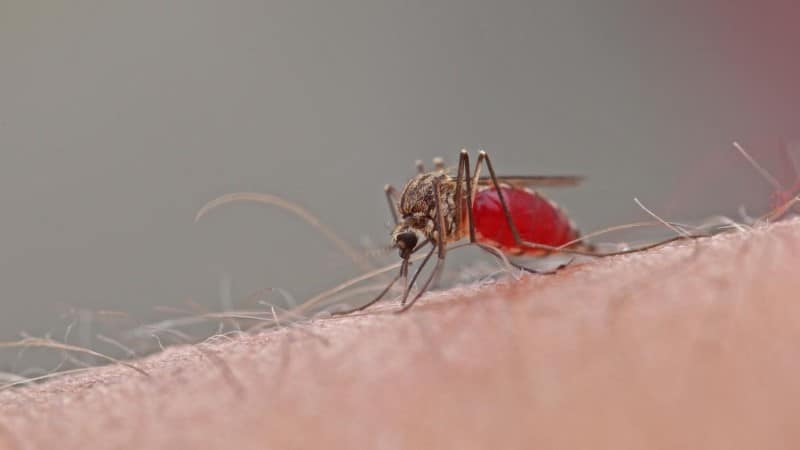
Symptoms of Bug Bites
Generally, most insect bites are annoying. Below are their common symptoms:
- Itchiness
- Mild pain or swelling
- Burning sensation
- Redness
Usually, these symptoms last at least a day and then resolve by themselves. Benign insect bites are from the following insects:
- Fleas
- Female mosquitoes
- Ticks
- Bed bugs
- Lice
- Chiggers
- Spiders (non-poisonous)
- Biting ants
- Biting flies
Mild, up to severe insect bites come from the following:
- Yellow jackets
- Bees
- Brown recluse spider
- Black widow spider
- Wasps
- Fire ants
- Hornets
- Scorpions
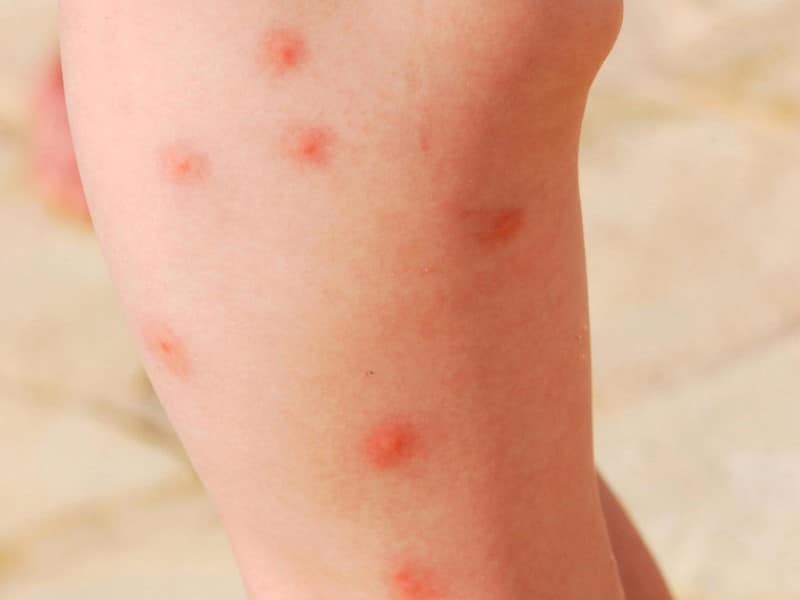
If You Have Allergies to Bug Bites
Some bug bites bring about mild symptoms. Other bites do not. An allergic reaction to a sting or a bug bite can be classified as a medical emergency. This is called as anaphylaxis. It is known as a severe reaction to allergies. An anaphylactic reaction to an insect bite needs emergency treatment. You need an adrenaline or epinephrine injection immediately. You should be brought to the emergency room for medical attention. An anaphylactic shock is fatal, if left untreated.
Epinephrine can ease up the symptoms in just minutes. You should be injected again after half an hour if nothing happens the first time. You can ask your doctor to prescribe you an EpiPen or a pre-filled epinephrine pen. Do not take antihistamine to relieve an anaphylactic reaction.
Anaphylaxis is a rare condition triggered by an insect bite. Yet, it is vital for you to check with your doctor to see if it is possible for you to experience such a condition, especially if you have allergies to other substances. If it is possible for you to experience anaphylaxis, then you should have a medical alert necklace or bracelet to let everyone know that you are allergic. You can also carry a card that has details about the allergy that you have. Having suffered from anaphylaxis before increases your chances of having one again. You also have an increased risk of experiencing anaphylaxis again if you have a history of asthma.
Here are the symptoms of an anaphylactic reaction:
*** During the first half hour, you usually suffer from a runny nose or a skin rash. You also feel a sense of impending doom. Then, the following symptoms start to appear:
- Wheezing
- Pain
- Itching
- Coughing
- Tightness of the chest
- Hives
- Red and swollen skin
- Weakness
- Confusion
- Dizziness
- Fainting
- Rapid heart beat
- Sneezing
- Stuffy nose
- Runny nose
- Itchy and swollen tongue and lips
- Itchy and swollen throat
- Tightness of the throat
- Hoarseness of the voice
- Difficulty swallowing
- Cramps
- Diarrhea
- Vomiting
- Paleness
- Weakness of the pulse
***Remember that a second anaphylactic shock can happen within twelve hours of the first reaction. One out of five people suffer from this. This is known as a biphasic anaphylaxis.

How Do You Know If You Were Bitten by an Insect?
An insect bite is an insect bite. Some are poisonous, but some are harmless. You should know how to identify the insect bite, so that it can be treated properly.
As you know, insects sting or bite as a defensive mechanism, when they are threatened or attacked. Some bites can be life threatening and these should be addressed immediately. Insects live near people and animals. Most of them are in or around your home. You may disturb or provoke them unintentionally. When this happens, they bite or sting. Sometimes, you may not even feel hem biting you.
Identifying the insect bite depends on the appearance of the insect. Once the bite is identified, proper treatment follows. Most insect bites stop irritating the skin after a few minutes. Other bites last longer. Generally, people do not exhibit any reaction when they are bitten, but there are a percentage of people who experience allergic reactions. To help these people, proper identification of the insect and the insect bite is crucial. Remember these pointers:
- Look at the insect. If you are lucky enough to still find the insect near you, observe it. Take note of its characteristics. Take note of its wings and body color. Look for it on your bed or on the floor.
- Examine the bite or sting site. Look for marks on the bite site. This usually changes color. See if the bite site has puncture wounds, rashes, swellings, and other unique marks. Pay attention to it a few hours or a few days after the bite.
- Check for symptoms. Restlessness, headaches, lethargy, and high fever are some of the symptoms that may accompany any insect bite. Unusual symptoms such as inflammation, difficulty in breathing, and trouble swallowing may surface. These symptoms require medical attention.
Which Has What Bite?
The following are the bite characteristics specific to each insect:
- Bite from ants. Ants can attack humans. Their bite causes a bump to appear on the skin. It usually burns and itches. These symptoms fade after two days. But if a fire ant bit you, the blister starts out as a bite, like a regular ant bite. Then, it progresses to a lesion that is puss-filled.
- Bite from a mosquito. A mosquito bite is the most common insect bite known to man. An insect bite from an infected mosquito can cause diseases like malaria and Zika. A mosquito bite looks like red rashes with blisters or bruises. Mosquito bites are itchy. It is because of your skin’s reaction to the mosquito’s saliva.
- Bite of a flea. A flea bite appears to be small nodules, red in color. They form at the bite area. People with allergies may experience severe itching. If you are uncertain about the bite, assess your level of itching. Persistent itching is highly likely to have come from a flea bite.
- Bite from a tick. Tick bites are red at first. Then, they become darker from the periphery to the center. You can find ticks sticking on your skin with its head dug into your skin. You should not pull it away because the head will be left in your skin.
- Bite from a spider. If there are two small marks on your skin, these may be caused by a spider’s bite. Though most spiders are harmless, it is vital to observe the marks closely because they might be from a rare poisonous spider. If the bite is from a brown recluse spider, the bite area is red that slowly turns white. Then it becomes like a bull’s eye. The skin blisters. If you were bitten by a black widow, the bite area is red and then a lump will develop under the surface of the skin.
- Bite from Chiggers. This insect gives notoriously itchy bites, characterized by red lesions in areas of the skin that are usually warm, such as the waist and ankles. The itchiness usually starts hours after they bite. They use tall grasses to attach to your clothes or skin. They are inconspicuous, so you will never know they’re there unless the welts start to appear.
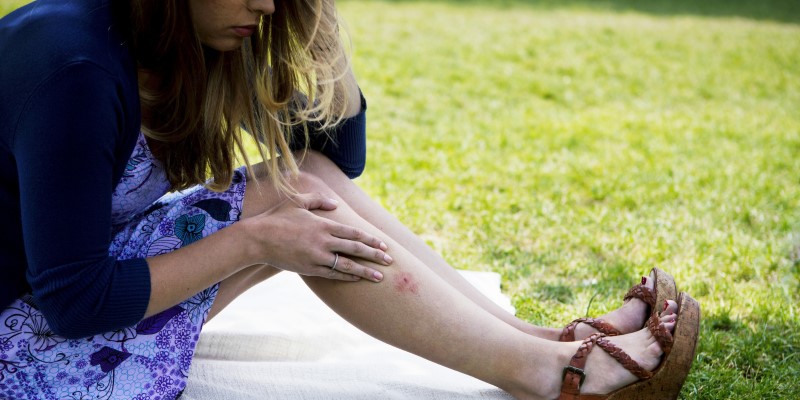
Treatment of Insect Bites
Figure out what insect bit you. Once you do this, treatment of the bite comes easy. You should wash your bite area with mild soap and clean water. This must be done so that secondary infection can be prevented especially if the bite is caused by fleas.
As much as possible, resist your urge to touch or scratch your bite area. It is best to find an antiseptic ointment or cream on the affected area. It is crucial to seek emergency medical attention if you are starting to feel a severe allergic reaction. Contact and see your doctor immediately.
Remember that most of the biting insects given above are found in and around your living area. Observing proper precautions when cleaning rarely disturbed areas in your home and daily cleaning of your living space are important, if you want to avoid the insect bites. This and the use of organic insect repellents can rid your environment of unwanted biting insects.
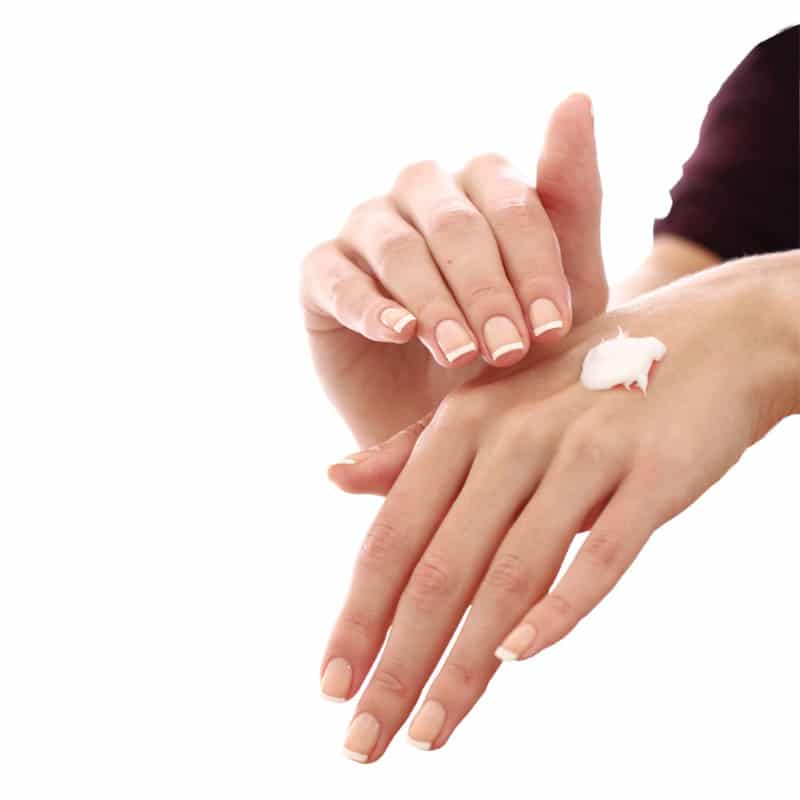
Skin Creams for Healing Insect Bites
Fortunately, there are OTC (over-the-counter) skin creams that contain compounds like hydrocortisone, pramoxine, or lidocaine that help reduce itchiness and pain brought about by insect bites. Others have colloidal oatmeal and baking soda in soothing insect bites. Here are some of them:
- Topical anesthetics. These offer relief on a temporary basis. One of these products is Hydrocortisone cream 1%, which reduces swelling and itchiness. Expect some numbing on the affected area. Other topical anesthetics that contain pramoxine are Caladryl and Pramegel.
- Topical antihistamine cream or stick. Popular insect bite remedies such as Benadryl cream can help heal small, localized bites. Just remember that they are not recommended for use of more than three days. As you know, histamine is released from cells. Histamine stimulate your nerve endings, which causes pain, causes redness to the site because it increases blood flow there, and it also alters the fluid balance to limit the effects of the toxin (causes swelling). Antihistamine skin creams prevents histamine from causing symptoms and from acting on your skin.
- Topical steroids. Corticosteroids are made in various strength levels. They are also applied several times each day until the insect bite symptoms go away. Topical steroids relieve the itchiness and inflammation of the bite. Systemic steroids are given to bites that are considered severe. Take note that topical steroids should not be used on broken skin, which usually happens when you scratch the insect bite.
- Other creams. Here are some of the other commercial skin creams that help relieve insect bites:
- Calamine lotion. This has antiseptic components such as zinc oxide, which prevents infections due to scratching. Its relief lasts long and is the common choice for kids.
- Preparation H. This product can relieve hemorrhoids and can also relieve mosquito bites. It is not known to many, but hemorrhoids look a lot like mosquito bites in certain ways. In both, irritation and inflammation are present and Preparation H relieves both.
- Sarna menthol lotion. This gets rid of pain and itchiness.
- Aspirin paste. This eliminates inflammation. Crush aspirin tablets and mix it with some water or oil so that you can create a paste. You can then apply this past on your mosquito bites.
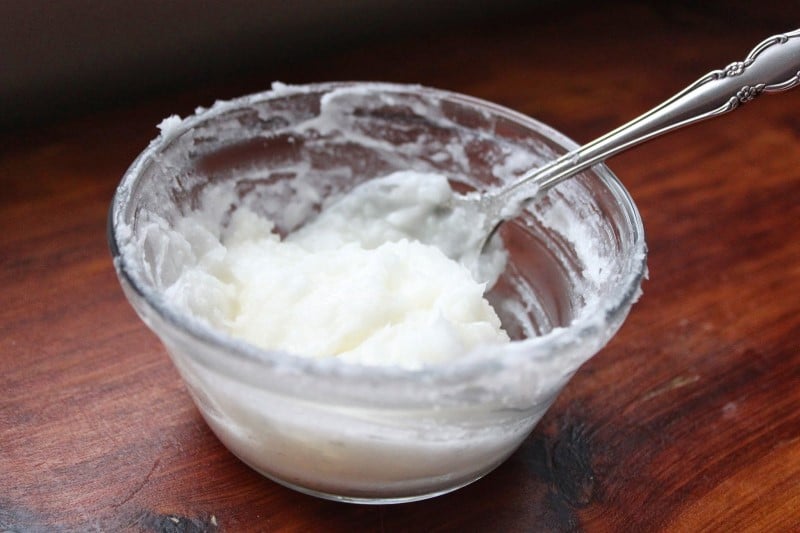
***More insect bite relief products. Below are other products that help relieve and heal insect bites:
- Anbesol
- Vicks VapoRub (has menthol oils and camphor)
- Orajel
- After Bite
- Bag Balm/Tiger Balm
- Lucas Papaw ointment
- Solarcaine (has lidocaine)
- Burt’s Bees Bug Bite Relief
- Gold Bond Medicated Cream
- Chloraseptic
- Mylanta
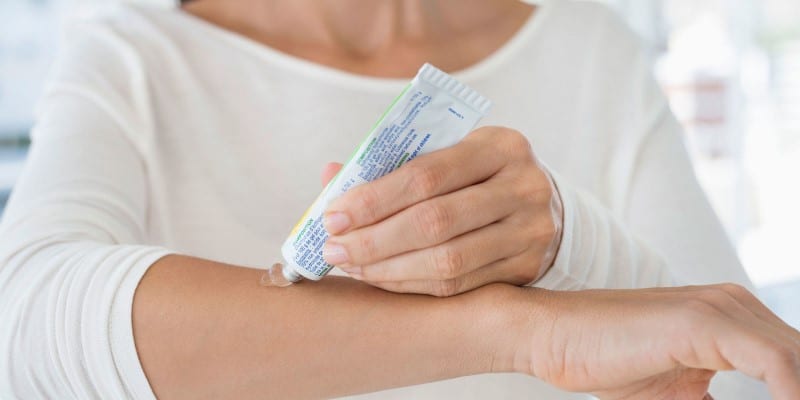
Here are some of the natural skin creams that relieve insect bites:
- Oral primrose oil
- Papaverine
- Aloe Vera. This is a natural relief for sun burn. It relieves inflammation and itchiness. If you have an aloe vera plant in your yard, break off a leaf and then rub its gel on your bite area. This soothes and cools the itchiness. Cooling the aloe vera in the refrigerator before applying it yields better results.
- Baking soda paste. This may be the simplest of all anti-itching solutions. Use just enough water to create a paste. Baking soda is basic or alkaline. It can neutralize the acidity of the bite and reduces toxins.
- Baking soda and witch hazel paste. Dab this on the bite area and leave it there for fifteen minutes.
- Herb paste. You can also make creams out of peppermint, chamomile, and turmeric.
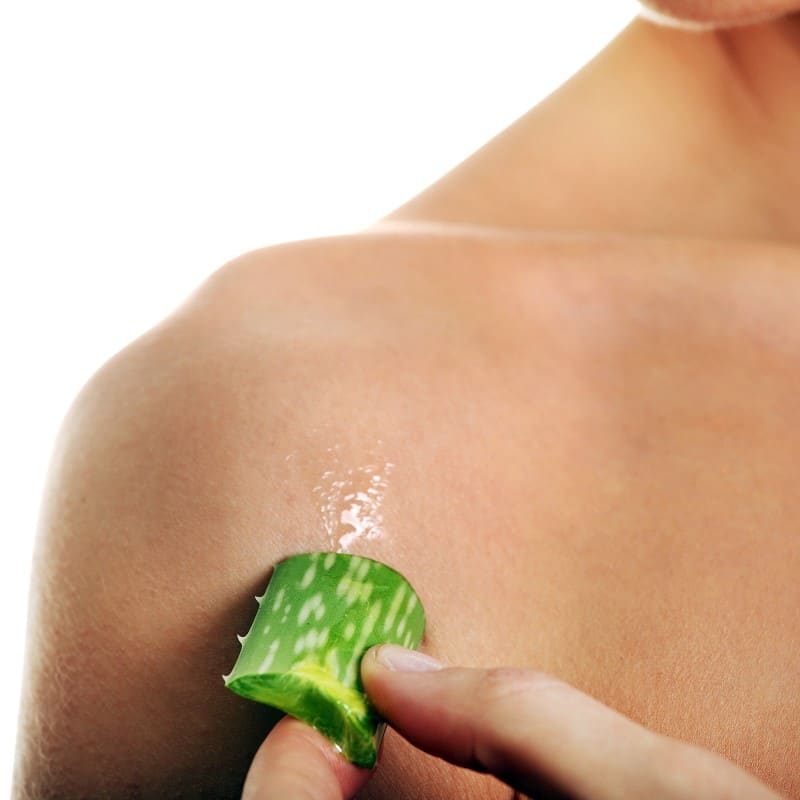
Insect bites need to be seen immediately, so that you can acquire the right treatment for them. It is good to ask for skin creams, but it is best to prevent them from actually biting us. Always consult with your doctor before using any skin cream for your insect bite.
